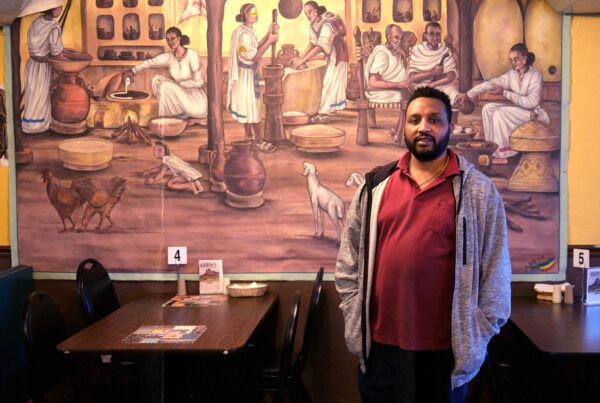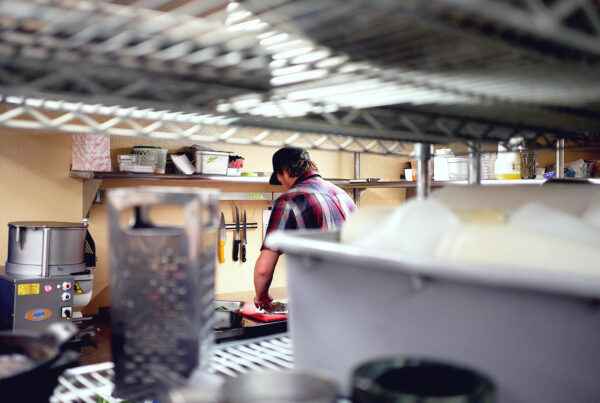Story by Lex Nelson

The chorizo hits the pan with a hiss, perfuming the air in my kitchen with the scent of garlic, roasted red pepper, and coriander. As I break up the bright red pork with a spatula, it spits and bubbles. In minutes, the bottom of the pan is coated in simmering orange fat.
This particular meat made its way to my kitchen from the Boise Co-op. It was labeled “Basque Chorizo Pork Sausage,” and I broke it out of beef intestine casings by hand before dropping it in the pan. But the story of Basque chorizo didn’t start in a grocery store. According to Boise-based restaurant owner and Basque culturalist Dan Ansotegui, it began in Ancient Rome.
PBS reports that around 200 BC, Roman soldiers serving in Lucania, Italy, brought pepper-laced pork sausages home from their posts. The thin links became known as “Lucania” sausages. According to Ansotegui, the Roman’s stolen sausage-making techniques traveled to the Iberian peninsula, where the Spanish applied them to the meat of the famous Iberian pig: an acorn-fed beast that produces high-fat, intensely flavored pork.
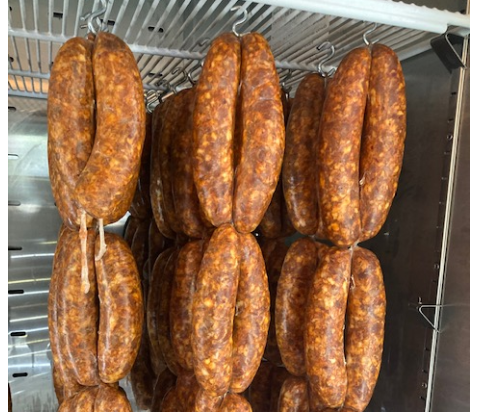
Centuries later in the 1500s, Spanish conquistadors swiped chili peppers from North American and carried them home to Spain. The peppers mellowed in the new climate and eventually became Basque chericeros. Then, they made their way along with garlic; salt; and chopped Iberian pig shoulder, belly, and back fat—into cured sausages that hung from Basque rafters.
“All of these things came together: The Roman know-how, the peppers from the Americas, and the pig from the Iberian peninsula,” Ansotegui said, “Then the Spanish started to make chorizo.”
The cultural exchange worked both ways. Around the same time that the Spanish brought New-World peppers to Europe, indidgenous people in Mexico adopted Old-World ingredients. These included two keys to chorizo: domestic pork and garlic. That synergy gave birth to Mexican chorizo, a second category of the sausage. Centuries later, Mexican and Basque immigrants brought both chorizos to Boise.
“Where I’m from in Mexico—Pátzcuaro, Michoacan—you can see the butchers kill the pig that morning and take all of that fatty stuff [the ends of pork chops and other cuts]; hang it; and encase it, typically in the intestinal lining of the [pig] stomach,” said Lucio Prado, the president/owner of the Meridian branch of Mexican chain El Gallo Giro. His family has served Mexican chorizo in the Treasure Valley for 25 years.
There are many similarities between Spanish/Basque and Mexican chorizos, but also a few key differences. Basque chorizo is traditionally made with chopped pork, the sausage cured or semi-cured, and eaten with the casing on. Mexican links are composed of ground pork, the sausage served fresh, and pulled from the casing for cooking. Perhaps most importantly, Basque chorizo uses mild choricero peppers, while Mexican favors hot chiles. But in chorizo-making, as in piracy, there aren’t really “rules”—there are only “guidelines.”
Take Ansotegui, for example, who makes Basque chorizo by hand for his Boise restaurant, Ansots Basque Chorizos. He uses traditional ingredients but grinds his pork and cooks it fresh.
“When we make chorizo we use pork shoulder, pork belly, pork back fat, fresh garlic, salt, and the choricero pepper sauce [made from dried and reconstituted peppers],” Ansotegui said.
The taste of the sausage is authentic, as are Ansots dishes of Basque meatballs and clams & chorizo motzak. But the restaurant space is too tight to accommodate rows of hanging sausage for the 8- to 16-week curing process.
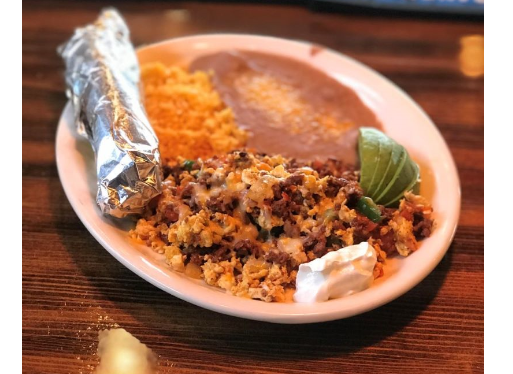
“We only [cured chorizos] once, in our garage!” Anstotegui recalled, chuckling.
To find semi-cured chorizo on the menu in Boise, diners can journey to MADRE boutique taqueria. There, James Beard-nominated Chef John Cuevas swears by the semi-cured Basque “Chorizo Bilbao” from the Harbor City, California-based brand Doña Juana.
“I grew up eating them off of a grill, wrapped in a tortilla with salsa,” Cuevas recalled of his California upbringing. Today, the sliced and charred sausages star alongside crispy potatoes, cheese, jalapeno pesto, and pickled vegetable relish in the Idaho Spud & Chorizo, MADRE’s best-selling taco. Home cooks can find Chorizo Bilbao at The Basque Market.
At El Gallo Giro, Prado’s family makes the Mexican chorizo for their chorizo tacos, huevos con chorizo, and chorizo quesadillas in-house. Their cooks grind fatty “extracts” of pork and beef and mix them with paprika, garlic, and a blend of chili peppers.
“We cook [the chorizo] up fresh, throw it on the grill top, chop it to make smaller balls, and season it with different chilis,” Prado said. “Then we throw it into a tortilla, onto bread, or with eggs—whatever we’re doing that day.”
The chorizo I ate in my kitchen was far from traditional. The meat was labeled Basque chorizo, but it was ground and sold fresh like the Mexican sausage. It included unusual ingredients like coriander and beef stock, and I flouted Basque tradition when I pulled it from the casing.
It’s possible no one would have approved of my chorizo experience—not Ansotegui, Prado, Cuevas, or even Daniel Melton, the Co-op counter clerk. But if I learned one thing in my sausage investigation, it’s that the story of chorizo is malleable. It reinvents itself in every small town, restaurant, and home kitchen. My sizzling pan was just another stop.







